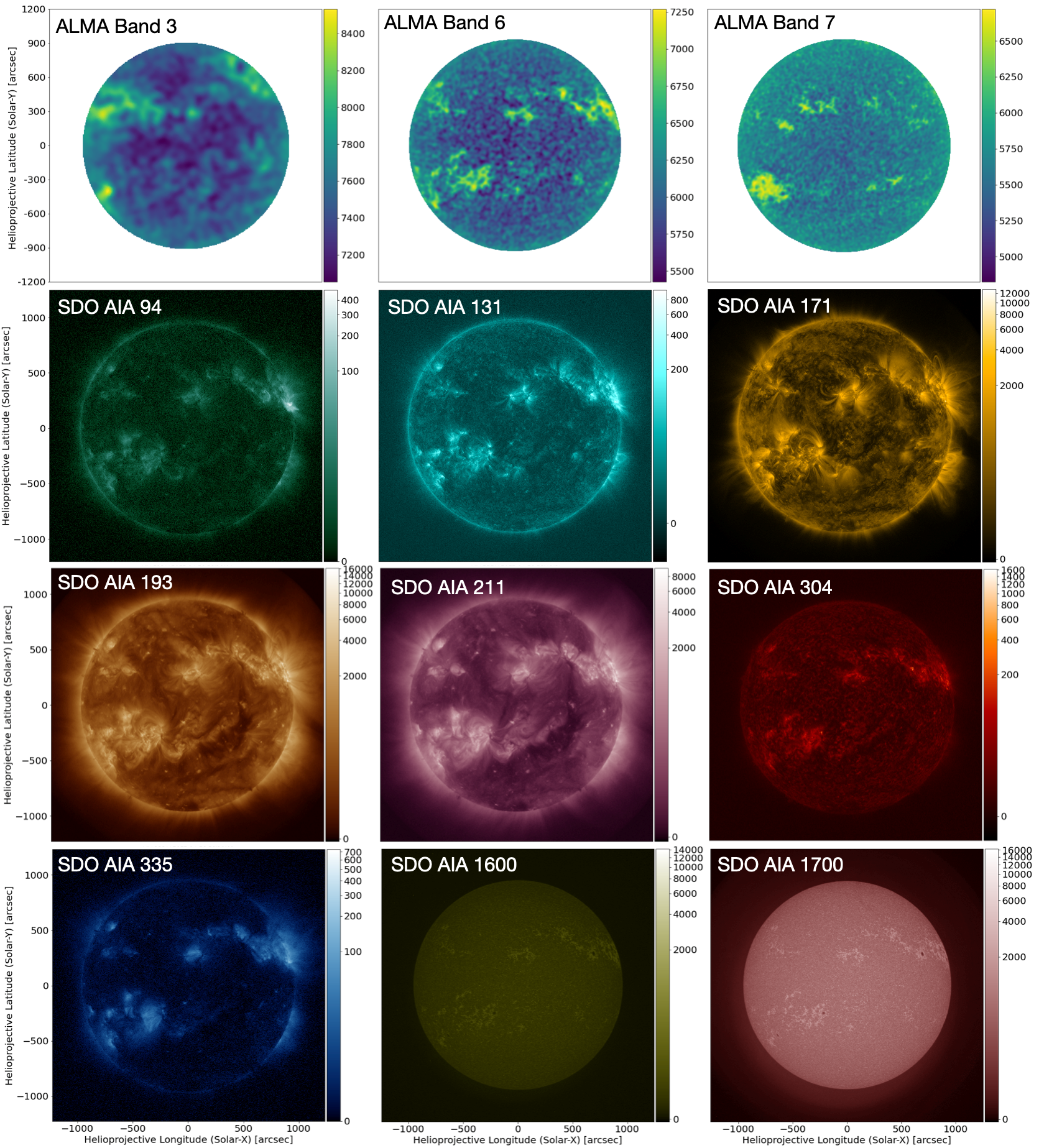
Delta på disputasen
PhD disputasen og prøveforelesningen vil foregå 100% fysisk. Rommet åpnes for deltakelse like før disputasen starter, og stenger for nye deltakere omtrent 15 minutter etter at disputasen har startet.
Delta på prøveforelesning - 5. desember kl. 10:15 (Aud. 209, Svein Rosselands Hus)
“Zeeman Doppler Imaging and Stellar Magnetic Fields”
Kreeringssammendrag
Avhandlingen utforsker solen som en målestokk for å studere sollignende stjerner, ved å bruke spektrallinjer som Ca II og Hα for å undersøke deres atmosfæriske aktivitet sammen med milimeterdata fra Atacama Large Millimeter/submillimeter (ALMA), som gir et nytt perspektiv på aktiviteten og den termiske strukturen til stjerner. Sammenligning av syntetiske spektre med millimeterkart, og kombinering av langsiktige solobservasjoner fra ALMA med ulike diagnostiske verktøy, avslører termisk struktur og variasjoner over lang tid i solaktiviteten. Dette understreker ALMAs sentrale rolle i å fremme vår forståelse av sol- og stjerneaktivitet.
Shining Light on Solar-Stellar Activity with ALMA
The Sun is a stellar role model: it can be observed and studied closely and is treated as a benchmark for the study of the structure of sun-like stars. Traditional astrophysics research has heavily relied on spectral lines like Ca II and Hα, to explore the activity in the atmospheres of solar-like stars. Activity is a range of phenomena occurring in the outer layers of a star which can be observed as variations of the intensity.
However, probing plasma temperatures in stellar atmospheres directly is no small feat. Enter Atacama Large Millimetre/submillimetre (ALMA) observations, offering a fresh view of stellar activity and thermal structure.
In this thesis, I compare synthetic Ca II and Hα spectra with millimetre maps to gain a deeper understanding of the chromospheric properties of sun-like stars.
In addition, long-term solar observations from ALMA are combined with a range of other diagnostics, including UV/optical data, microwave data, and activity indices. These observations not only provide the first glimpse of long-term solar activity variation using ALMA data but also reveal intriguing short-term fluctuations.
In essence, this PhD thesis undertakes a comparative journey through solar and stellar activity. The study hinges on the incredible observations made by ALMA in conjunction with a wide range of observed and synthetic solar and stellar data.
